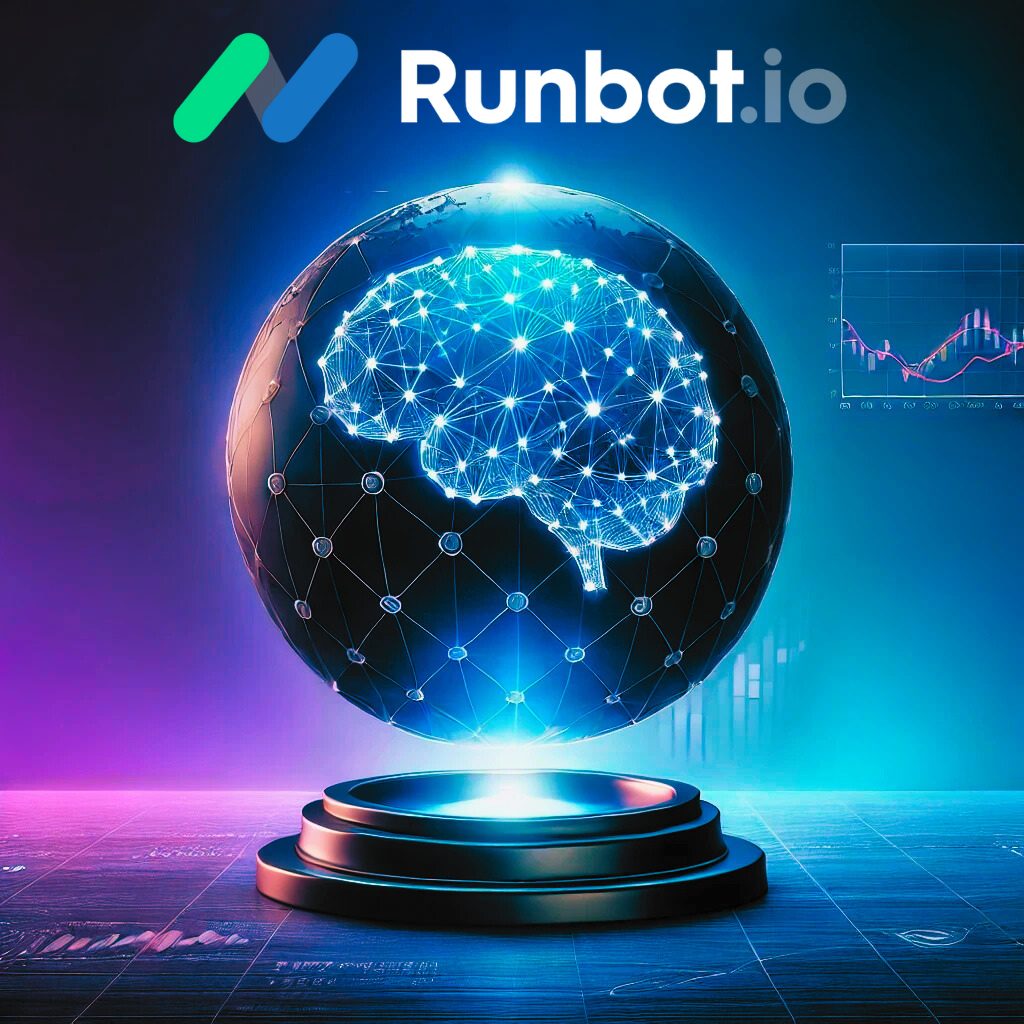Artificial Intelligence (AI) has transformed numerous industries, and trading is no exception. Its capabilities of quick data analysis, pattern recognition, and decision making make it an invaluable tool in the fast-paced, data-driven world of trading.
This article will explore how you can leverage AI in trading and the parameters it can help optimize.
Understanding the Basics: AI and Trading
What is Artificial Intelligence?
Artificial Intelligence, or AI, involves programming computers and machines to mimic human thought processes, learning patterns, and problem-solving skills.
It’s about creating smart algorithms that can analyze vast amounts of data and make informed decisions based on that analysis.
The Intersection of AI and Trading
In trading, AI is used to create automated trading systems. These systems use AI algorithms to make trade decisions, execute orders, and manage trades.
The goal is to enhance efficiency, minimize human error, and maximize profitability.
The Role of AI in Trading
AI can play several critical roles in trading, including:
- Market Analysis: AI can quickly analyze vast amounts of market data, identify trends, and predict future market movements with a higher degree of accuracy.
- Risk Management: Through AI, traders can better understand and manage their risk exposure. AI can identify potentially risky investments and suggest actions to mitigate losses.
- Trade Execution: AI can execute trades at the optimal times based on predefined criteria, mitigating the impact of human emotion and error.
- Sentiment Analysis: AI can analyze public sentiment from various sources such as news articles and social media, a crucial factor influencing market movements.
Trading Parameters AI Can Help Optimize
AI can help traders optimize several key trading parameters:
Entry and Exit Points
AI can analyze market trends and volatility to identify optimal entry and exit points for trades.
This can help maximize profits and minimize losses.
Portfolio Diversification
AI can analyze a range of assets and their correlations, suggesting a diversified portfolio to spread risk and increase the potential for returns.
Risk Management
AI can quantify the risk associated with different investments.
Traders can use this information to set stop-loss and take-profit levels, protecting their investments.
Trade Size
Based on the trader’s risk tolerance and the specific risk associated with a trade, AI can suggest the appropriate trade size.
Implementing AI in Your Trading Strategy
Implementing AI in your trading strategy involves a few key steps:
- Understand Your Trading Goals: Define what you want to achieve with your trading. This could be long-term growth, short-term profits, or risk minimization.
- Choose an AI Trading System: There are several AI trading systems available in the market. Choose one that aligns with your trading goals and risk tolerance.
- Set Your Trading Parameters: Define your trading parameters such as your risk tolerance, desired level of diversification, and investment amount. The AI will use these parameters to guide its decisions.
- Monitor and Adjust: Monitor the AI’s performance and adjust your parameters as needed. Remember, while AI can significantly enhance trading, it’s not infallible and should be used as a tool rather than a complete solution.
The Future of AI in Trading
As technology continues to evolve, so will the role of AI in trading. We can expect AI to become even more integrated into trading systems, providing more accurate market predictions, smarter risk management, and more efficient trade executions. By understanding and leveraging AI, traders can stay ahead of the curve and maximize their trading success.




